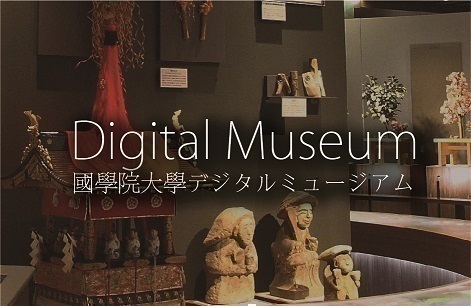- トップ
- Encyclopedia of Shinto
- Nukemairi
Encyclopedia of Shinto
| Main Menu: | |
| Links: |
詳細表示 (Complete Article)
| カテゴリー1: | 6. Belief and Practice |
|---|---|
| カテゴリー2: | Divination and Supplication |
| Title | Nukemairi |
| Text | The practice of leaving one's place residence or occupation without permission in order to make pilgrimage (see sankei) to a shrine or temple. The term was applied particularly to the custom of making pilgrimages to the Grand Shrines of Ise (Ise Jingū) by young serving men or women who could not receive permission from their masters or parents, and without making the prescribed notification to the officials of their town or village. The term nuke ("slip out") has been variously interpreted to mean "sneak away from" parents or masters, or "to leave secretly" on pilgrimage. With the spread of the Ise cult (Ise shinkō) from the medieval period on, pilgrimage to Ise became widely popular, and with the early modern period, several large-scale mass pilgrimages known as okagemairi occurred at regular intervals. In some cases, these mass pilgrimages were also referred to as nukemairi, but the latter was more broadly construed by its occurrence at any time, without being limited to the occasions of the okagemairi. Occasions of nukemairi in the early part of the Edo period are not entirely clear, but some possible cases would be the mass pilgrimage from the capital region in 1638 and the so-called "secret pilgrimage" (kakuremairi) the next year in Kii Province (present-day Wakayama Prefecture), the pilgrimage in 1650 by Edo townsmen, and the mass pilgrimage of 1665. After the 1665 pilgrimage, prohibitions were issued by the domains to prevent such "runaway" excursions. In general, however, the distinction between nukemairi and the conventional Ise pilgrimage has been based on the method in which the pilgrimage was undertaken and the social status of the persons making the pilgrimage. For example, on the occasion of the okagemairi of 1771, the expression nukemairi was used as a conventional description, but not all of those so described were true "runaway" pilgrims; most true nukemairi were wives and children, or young servants, all of whom were not normally permitted to leave on pilgrimage. With regard to factors leading to such runaway pilgrimage, some aspects can be understood within the context of coming-of-age rites, or the concept that the pilgrimage to Ise was a civic duty, or a liberation movement that allowed people to escape from self and everyday social restraints, but in fact, the reasons were multiple and complex. Expenses for the journey were provided by savings or gifts, by alms received along the way, begging by pilgrims, community-organized relief efforts, miraculous interventions whereby people might find money in front of their homes or be miraculously granted lodgings. In that sense, motifs seen in nukemairi were the same as those observed during the okagemairi, pointing out the difficulty of undertaking a pilgrimage without funds. On occasion, pilgrims carried a wooden water ladle (hishaku; apparently used as a pilgrim symbol and to receive alms), and wore white garments, reinforcing the non-everyday nature of their quest. In many cases, it was believed that successful runaway pilgrims were not to be scolded upon their return, and were thus greeted at a ceremony of reintegration called sakamukae, a ritual greeting at the border of the village or town, at which time they would also receive praise for the troubles they overcame on their journey. See also okagemairi — Sakurai Haruo |




